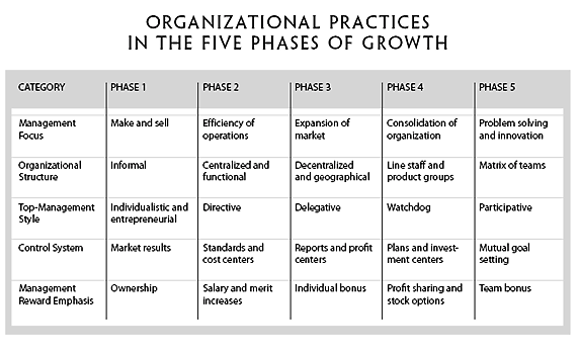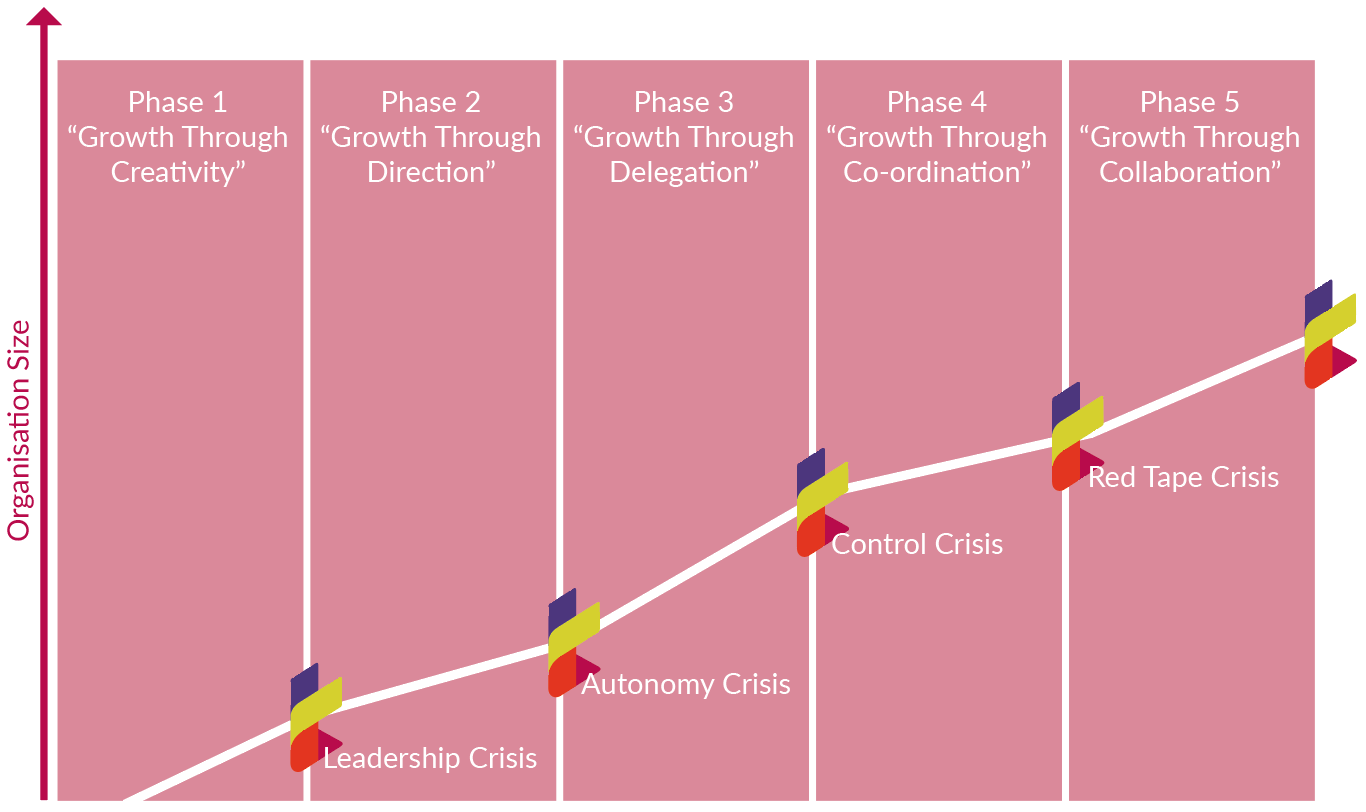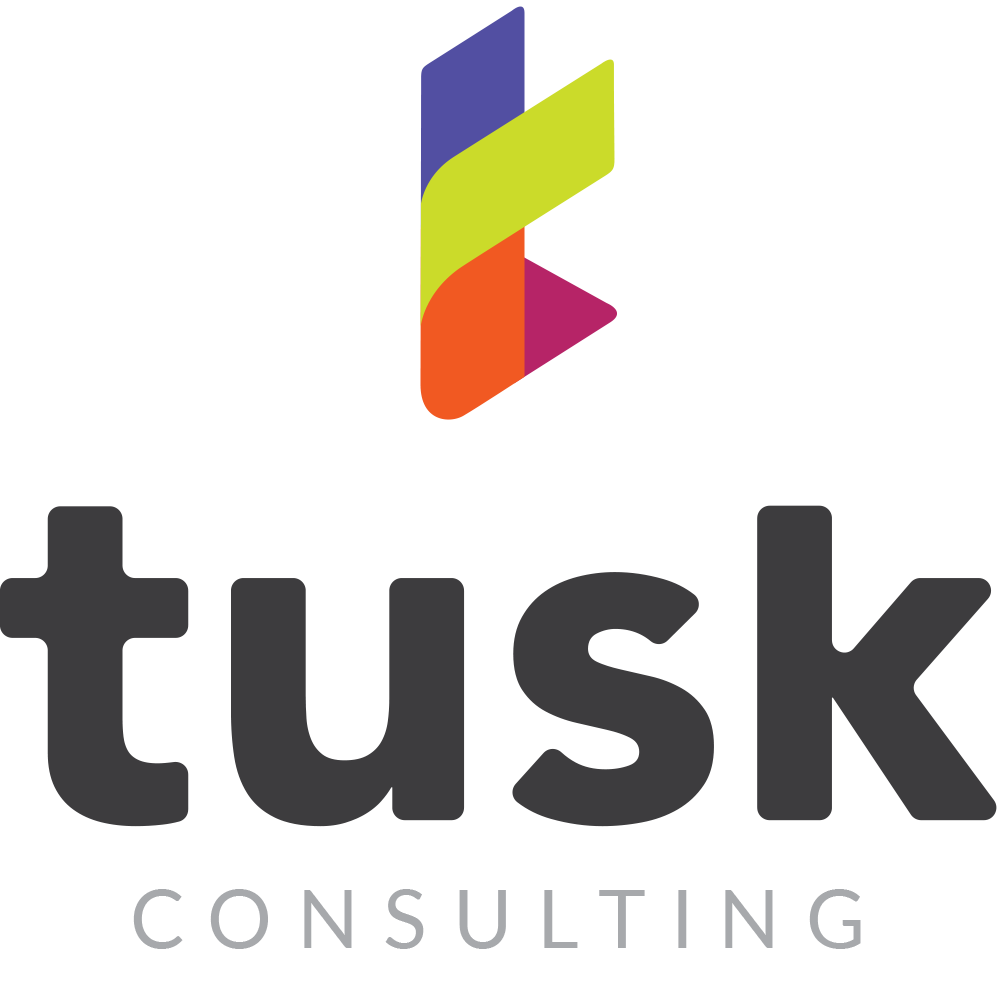
Strategic HR Services ensures greater success at a tactical level
Tusk delivers practical HR services
to enable business owners to meet their commercial goals through their employees.
Tusk offers first class, innovative HR support to small and medium sized organisations – a combination of strategic and tactical HR services to help companies develop motivational and nurturing working environments. The ultimate aim is to help our clients attract and retain employees most likely to fit with the organisation and therefore be able perform exactly as required. In other words, successful HR is about employees + organisation working as one.
As organisational consultants we understand the need for making sure employees are present at every stage of a company’s plans for growth. It means getting HR on the board as an influential part of the planning team – designing, improving and growing businesses effectively.
Which growth stage has your organisation reached?
As they grow and develop, organisations move through similar stages, encountering obstacles surrounding leadership, direction and delegation. Throughout each stage the organisation depends upon the hard work and collaboration of its workforce in order to transform and develop. That’s where HR comes in. HR is about a strategic and collaborative approach whereby leadership and employees work together to create the right conditions in which to thrive and achieve great things.
5 Phases of Growth
It is important to note that each phase is at once a result of the previous phase and a cause for the next phase.
Phase 1: Growth Through Creativity
In the birth stage of an organization, the emphasis is on creating both a product and a market to get the company off the ground. Everything else – communication, processes, wages, etc are on a need-to-do basis which, as the company grows, become the problem. The company’s founders find themselves burdened with unwanted management responsibilities.
This phase ends with a Leadership Crisis, where professional management is needed. The founders may change their style and take on this role, but often someone new will be brought in.
Phase 2: Growth Through Direction
Those companies that survive the first phase by installing a capable business manager usually embark on a period of sustained growth under able, directive leadership.
Although the new directive techniques channel employees’ energy more efficiently into growth, they eventually become inappropriate for controlling a more diverse and complex organization. They are torn between following procedures and taking initiative on their own.
This phase ends with an Autonomy Crisis: New structures based on delegation are called for.
Phase 3: Growth Through Delegation
The next era of growth evolves from the successful application of a decentralized organizational structure. The delegation phase allows companies to expand by means of the heightened motivation of managers at lower levels. Top-level executives sense that they are losing control over a highly diversified field operation. Freedom breeds a parochial attitude. Too much autonomy!
This phase ends with a Control Crisis: a much more sophisticated head office function is required, and the separate parts of the business need to work together.
Phase 4: Growth Through Coordination and Monitoring
The evolutionary period of the coordination phase is characterized by the use of formal systems for achieving greater coordination and by top-level executives taking responsibility for the initiation and administration of these new systems. For example, decentralized units are merged into product groups. The many systems and programs introduced begin to exceed their usefulness. A red-tape crisis is in full swing.
This phase ends on a Red-Tape Crisis: a new culture and structure must be introduced.
Phase 5: Growth Through Collaboration
Phase 5 emphasizes spontaneity in management action through teams and the skillful confrontation of interpersonal differences.
This phase ends with a crisis of Internal Growth: further growth can only come by developing partnerships with complementary organisations. This transition is especially difficult for the experts who created the coordination systems as well as for the line managers who relied on formal methods for answers. The Phase 5 evolution then builds around a more flexible and behavioral approach to management.


Employee relations is successful employee management
If an organisation manages its workforce well you could argue that specific ’employee relations’ processes and procedures should some day be redundant.
Employee relations is seen as focusing on both individual and collective relationships in the workplace, with an increasing emphasis on helping line managers establish trust-based relationships with employees. A positive climate – with high levels of employee involvement, commitment and engagement – can improve business outcomes as well as contribute to the wellbeing of the entire workforce.
HR is fundamental to helping an organisation achieve its business objectives. It takes a centre role between the leadership and workforce while discouraging harmful ‘them and us’ environment. Whatever your growth needs, achieving your vision will be so much easier if you take your employees with you.
Good employee relations is about matching how you treat employees to the type of organisation you wish to create. It’s relatively easy to create the legal framework but the most important thing is to have a clear correlation between what you say and how that framework works.
A strong employer brand depends on
maintaining the right culture
Maintaining the right culture in an organisation is vital to productivity but it doesn’t just happen.
It takes a flexible structure with processes encouraging positive behaviour which in turn reflects the development and growth of the organisation. Then – and only then – can you rely on a solid employer brand with which to develop a healthy workforce.

An impressive employer brand naturally emerges from a strong, supportive culture.
CEO, entertainment & film company
The building blocks of your culture stem from solid HR services
Bespoke HR admin & processes
Providing legally compliant documentation (policies, handbook, formal communication etc) that reflects and maintains the culture and overall objectives of the business.
Business transformation
Compensation packages
Employee communication
Employee performance & behaviour
Legislation & policies
Mental wellness
Recruitment support
Succession planning
Identifying candidates / employees who have the acumen to move the business forward. Building strategies to grow and retain these employees.
HR’s role in organisational design
1. Strategy and planning
Positioning HR as an influential part of the leadership team.
Helping to create a strong employer brand through sound recruitment, development and communication strategies. Maintaining good employee relations as standard.
What kind of organisation are you? What do you need to reach your commercial objectives?
2. Skills, development and training
From the board to the back office, creating an overall strategy that enables specific technical needs
How do we help the whole organisation (from the board to the back office) perform to the very best of your abilities?
3. Systems and administration
Optimum systems and admin to protect, manage and develop your human resources
IT to improve what you collect, analyse and use to develop and look after the workforce.
What kind of tactical processes do we put in place to help you protect, manage and develop your people?
